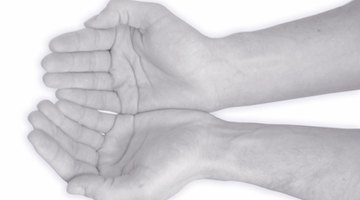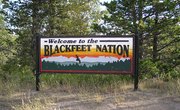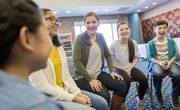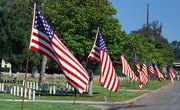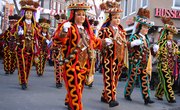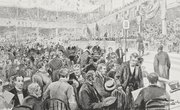National Volunteer Week began in 1974 as a way to recognize and celebrate the efforts of volunteers. Since then, the original emphasis on celebration has widened; the week has become a nationwide effort to urge people to get out and volunteer in their communities. Every April, charities and communities reinforce the week’s official theme (“Celebrating People in Action”) by recognizing volunteers and fostering a culture of service.
Origin
President Richard Nixon established National Volunteer Week with an executive order in 1974. Every sitting U.S. president since Nixon has issued a proclamation during National Volunteer Week (as have many U.S. mayors and governors), urging Americans to give their time to community outreach organizations.
Sponsoring Institution
National Volunteer Week is sponsored by the Points of Light Institute, which encourages and organizes volunteerism on a community level. The institute began as a foundation, created in response to President George H.W. Bush’s inaugural speech in 1989, urging volunteers and community activists to become “a thousand points of light.” In 2007, the Points of Light Foundation joined forces with the HandsOn Network, creating the country’s largest volunteer management organization. The institute is an independent non-profit organization, not affiliated with any political party.
The President’s Volunteer Service Award
Many communities and organizations use National Volunteer Week as a time to hand out the President’s Volunteer Service Award. Created in 2003, this award allows certified organizations to recognize individuals who have fulfilled a quota of volunteer hours in their communities in the past year. Volunteers can be rewarded with a bronze, silver or gold award for the total yearly number of hours they volunteer. To get a gold award, kids need to volunteer at least 100 hours, young adults must volunteer at least 250 hours and adults at least 500 hours.
Effects
Although National Volunteer Week is just one part of the government’s emphasis on volunteering, the available statistics show great improvement in the number of American volunteers since 1989. According to the HandsOn Network, 23 million more Americans volunteered in 2008 than in 1989 (that’s a 60 percent increase in the sheer number of people who volunteer). Youth volunteer rates have had a nearly identical climb, also rising 60 percent from 1989 to 2008. Older Americans from the Baby Boom generation are 40 percent more likely to volunteer than the same age groups were in 1989. In addition, volunteers are choosing to work with kids and educational organizations; volunteering is up for these organizations by approximately 75 percent.
Events & Materials
Each year, the HandsOn Network offers flyers, toolkits, banners and lists of nationwide activities associated with National Volunteer Week. In 2010, high-profile events for National Volunteer Week included leadership luncheons, a Washington, D.C. reception and a social media networking summit. Smaller local events in 2010 included a volunteer recruitment fair in Hawaii, luncheons to honor volunteers in Nebraska, a volunteer project competition in Massachusetts, a volunteer “Servathon” in Washington, D.C. and a medication drive in Indiana.
Related Articles
References
Resources
Writer Bio
Jenni Wiltz's fiction has been published in "The Portland Review," "Sacramento News & Review" and "The Copperfield Review." She has a bachelor's degree in English and history from the University of California, Davis and is working on a master's degree in English at Sacramento State. She has worked as a grant coordinator, senior editor and advertising copywriter and has been a professional writer since 2003.

